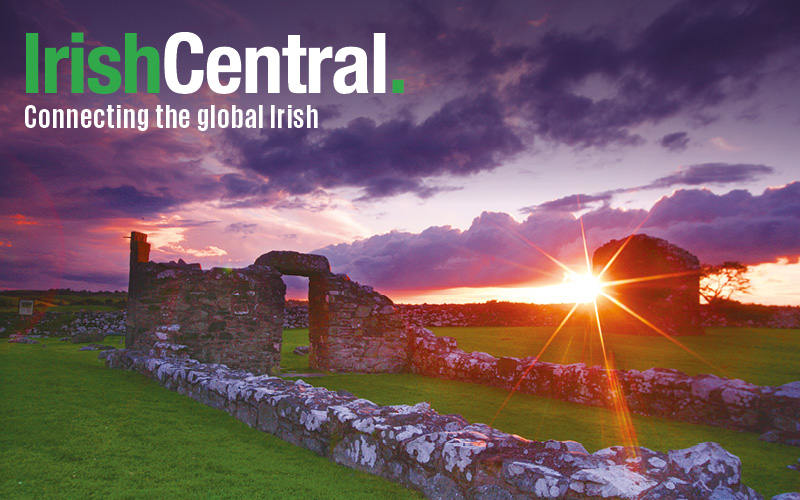On Tuesday, March 15, Deputy Consul General Anna McGillicuddy raised the Irish flag high over New York City’s Bowling Green, 255 years after the very first St. Patrick’s Day Parade took place there in 1762.
Before this time, St. Patrick’s Day was honored as a Catholic feast day on which a special Mass was attended and nothing more, but in a show of national pride, Irish soldiers serving in the British Army marched through Bowling Green in honor of their patron saint, sparking a trend that would result in the worldwide festivities we celebrate today.
Organized by the Bowling Green Association and the Lower Manhattan Historical Society, the flag-raising was attended by the 2015 Rose of Tralee Elysha Brennan and a number of the 2015 Roses.
“In the past few days my eyes have been opened to the impact of the Irish in New York,” Brennan said, noting how privileged she felt to be here at the site of such a pivotal part of Irish history.
“We’re a small country but we’re mighty.”
Deputy Consul General Anna McGillicuddy noted the significance of raising the flag on March 15, 2016, the day on which Proclamation Day was celebrated in Ireland and thousands of Irish schoolchildren were also raising the flag as they read the words of the Proclamation of the Irish Republic, a document heavily influenced by the American Declaration of Independence.
“We raise this flag with the vibrant orange of the British, the deep green of the Irish tradition, and the white symbolizing peace between them.” McGillicuddy noted, also thanking the Bowling Green Association and Lower Manhattan Historical Society for their continued commitment to preserving and promoting the history of the Irish in the area.
The American impact of the first Irishman to ever raise The Tricolour, Thomas Francis Meagher, played a major role in the celebration, as the historical society remembered three major moments when an Irishman played a crucial role in US history on that small site.
Referencing three famous images of the Irish on Bowling Green, Arthur Piccolo, member of the Bowling Green Association and main organizer of the event, spoke of the very first St. Patrick’s Day parade not just in New York, or in the States, but in the world, occurring just on this spot beside the Charging Bull in 1762.
Piccolo continued to mention the important role played in 1776 by Hercules Mulligan, the Irish-born tailor and spy for the patriot forces. Leading the Sons of Liberty into Bowling Green, Mulligan was among those who tore down the statue erected there to English King George III, melting the lead used in the monument to cast bullets to use against the British.
The third major image of Bowling Green showcasing the Irish contribution to the US is that of the “Immortal Irishman” himself, Thomas Francis Meagher, on July 27, 1861 leading the “The Fighting 69th” during the Civil War.
“St. Patrick’s Day represents one of the greatest triumphs, the triumphs of the Irish,” said James Kavanagh of the Lower Manhattan Historical Society.
A copy of all three images was presented to the Irish Consulate and the celebration ended to the sounds of bagpipes as The Tricolour was raised, followed by a beautiful rendition of “Danny Boy” by members of the Big Apple Singers.




Comments